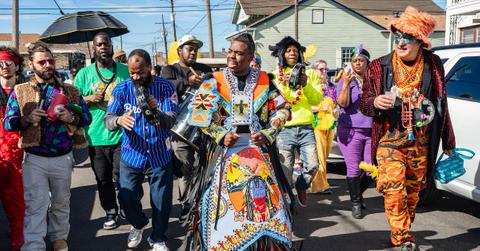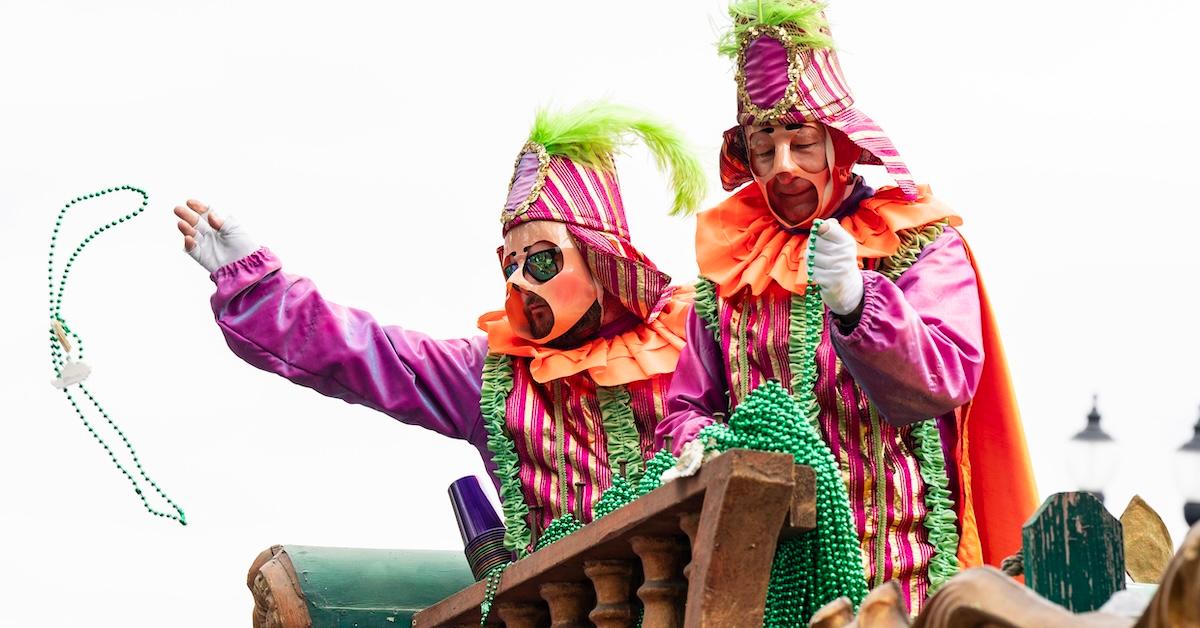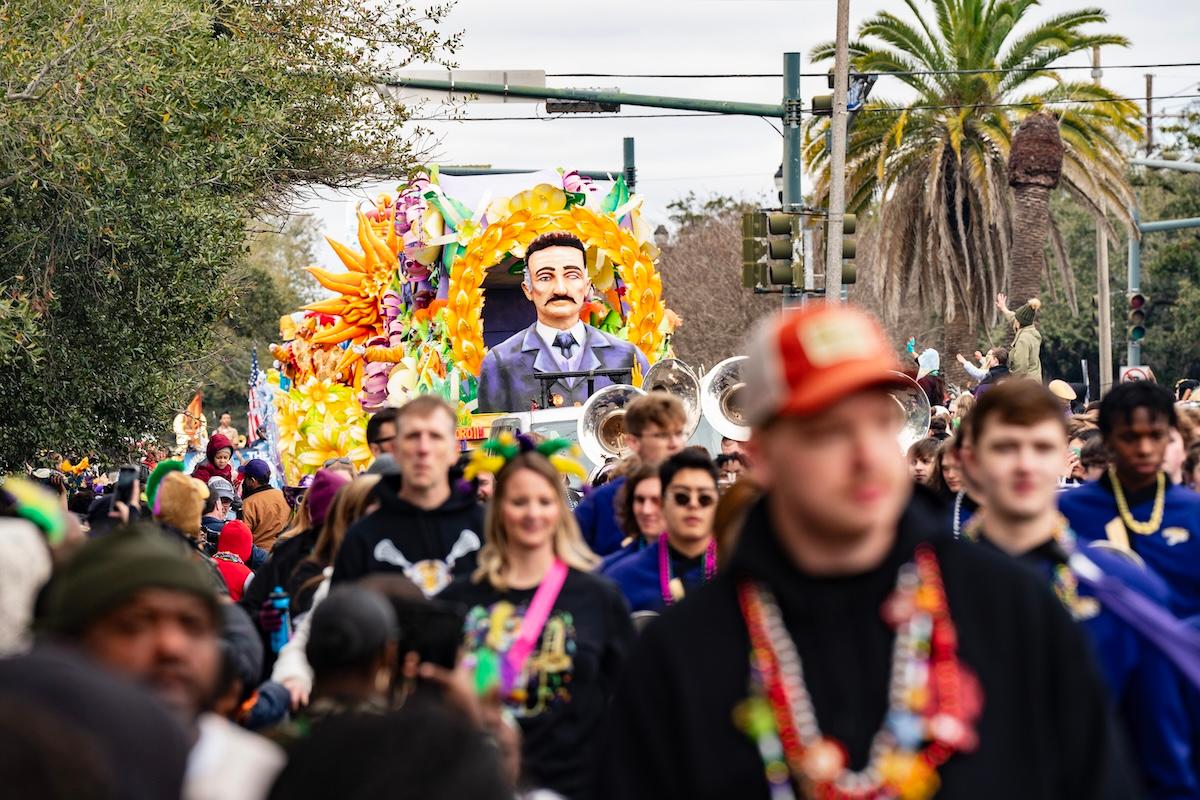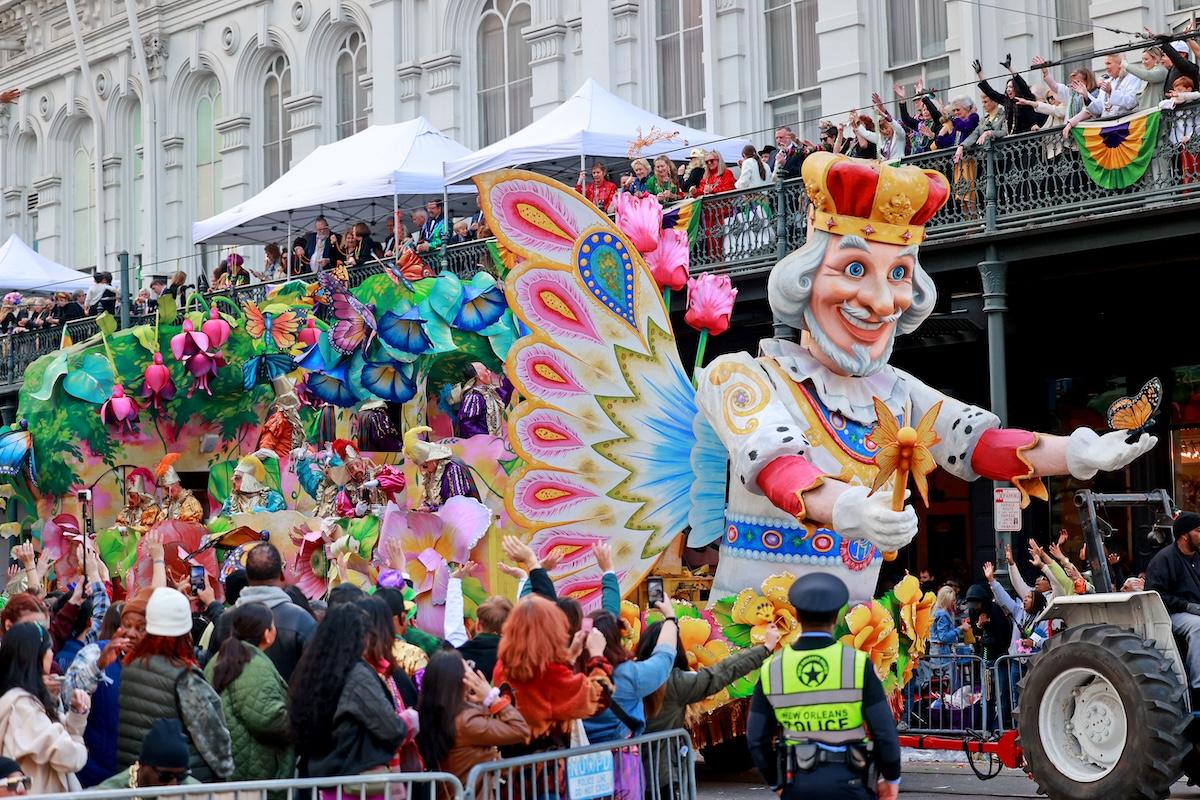Mardi Gras Celebrations and Traditions Started Thousands of Years Ago
Mardi Gras features wild costumes, parades, and excessive celebration, but the history of it is actually grounded in religion. Get ready!
Published Feb. 14 2024, 10:11 a.m. ET

One of the craziest days of the year comes on the second Tuesday of February, which might seem like a random time to celebrate. However, the celebration now known mostly as Mardi Gras, but also referred to as Carnival, Fat Tuesday, and Shrove Tuesday, has roots deep in history.
Countries all over the world celebrate some form of Mardi Gras with one of the most famous celebrations in New Orleans. In Europe, several countries celebrate Carnival the weekend before Fat Tuesday with parades and costumes, similar to the Mardi Gras celebrations we’re familiar with. But why do so many people celebrate Mardi Gras?

The Mardi Gras celebration dates back to the Roman Empire and is tied to Christianity.
The first recorded celebration of Mardi Gras (or a semblance of it) goes all the way back to ancient Roman festivals celebrating the harvest season, even before Christianity existed. The time of year was synonymous with the soon-to-be spoils of spring, so it was worth celebrating the riches to come with some debauchery.
Once Christianity was incorporated into the Roman culture, the old Roman traditions fused with the new religion’s upcoming Lent period (a fasting period) to create a pre-Lent celebration, in which everyone partied as hard as possible before they were forced into scarcity. These parties often featured masks, alcohol, dancing, parades, and somehow, also religion.

Many of the Mardi Gras traditions, but not all of them, can also be tied to religion.
One of the most classic Mardi Gras traditions is the king cake, which has spread throughout the world from Saturnalia. Before Christianity, European countries used to celebrate the god of agriculture, Saturn, by baking beans into a cake on Saturnalia. Whoever found the bean was named the “king of the day.” Once Christianity spread, this tradition was appropriated into Three Kings Day (Jan. 6), also known as Twelfth Night or Epiphany, with a trinket baked into a crown-shaped cake.
Mardi Gras is also called Shrove Tuesday, coming from the word, “to shrive,” which means to hear confessions. “While this was seen as the last chance for merriment, and, unfortunately in some places, has resulted in excessive pleasure, Shrovetide was the time to cast off things of the flesh and to prepare spiritually for Lent,” Catholic theologian Father William P. Saunders wrote in Catholic Culture.

Also, Christians often made pancakes to prepare for Lent and incorporated several ingredients they aren't allowed to eat during the Lent period. Baked with eggs, milk, butter, and fat, pancakes spawned England’s Pancake Day and led to the custom of eating waffles and crepes on Mardi Gras.
European settlers brought these traditions to the New World, with France most notably bringing Mardi Gras to New Orleans along with their “Galette des Rois,” aka the king cake. The first New Orleans Mardi Gras parade recorded was in 1837, although there could have been earlier ones. New Orleans’ oldest social club, Rex Krewe, originated the tradition of purple, green, and gold.

Another tradition is women going barechested in exchange for beads and trinkets. This, of course, doesn't have a basis in religion, and rose to prominence in the later decades of the 1900s as videotapes became more common. Interestingly, the first women recorded exposing their breasts goes back to 1889, so it’s safe to say they were ahead of their time.